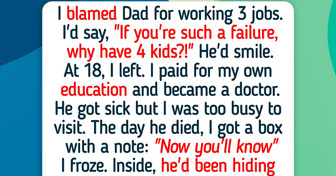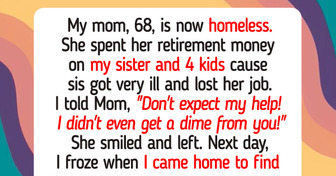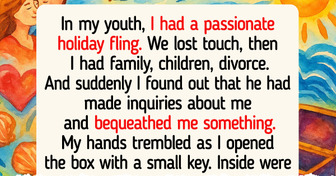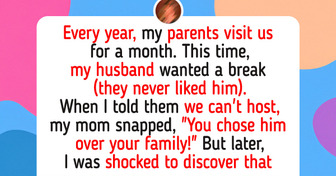I Refuse to See My Stepfather Again After He Tried to Cancel My Mom’s Savings

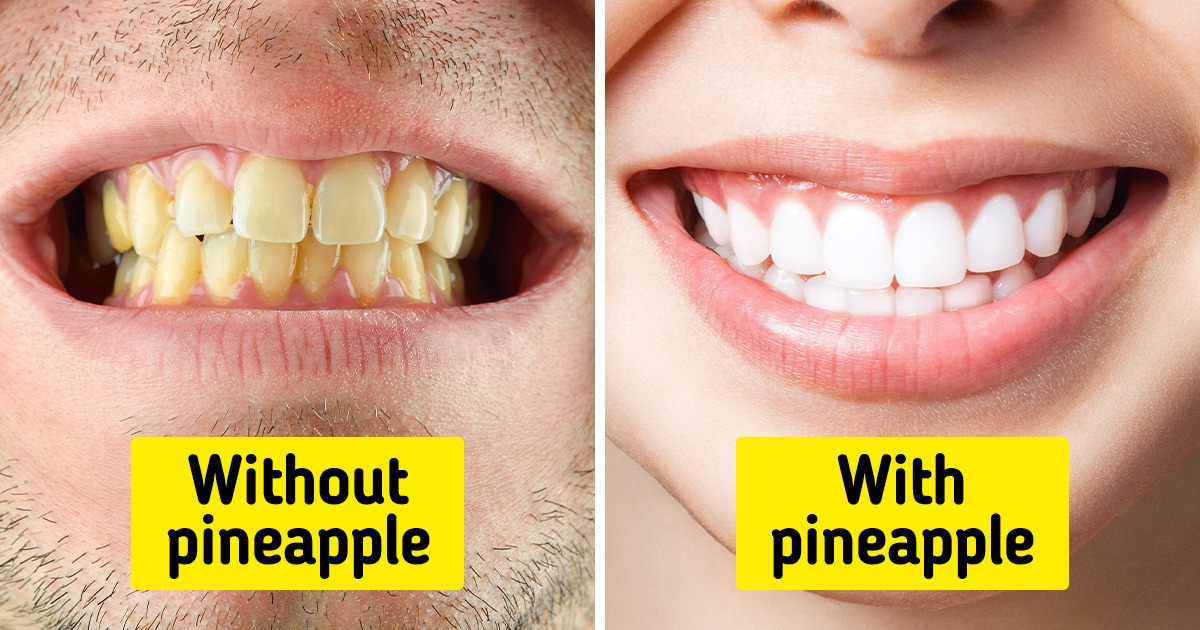
It might come as a shock, but your teeth are NOT luxury face bones. Healthy teeth are a cornerstone of good health in general and it’s for a good reason. Not only can you not eat well without them, but they’re also necessary for you to speak properly. Tooth enamel is the hardest substance in your entire body, and tooth discrimination is, unfortunately, very real.
We at Bright Side want you to prioritize your teeth. At the end of the day, we only get 2 sets and lose the first one by the time we’re 12.
To keep your teeth looking bright, you should first and foremost pay attention to what you’re putting in your mouth. Enamel staining comes from the foods’ chemical properties. Acidic food stains because it damages enamel, and foods with high levels of tannins, like coffee or tea, stain because they change the pH of the mouth.
Balance your mouth’s pH by eating something neutral and rich in calcium after eating acidic foods. Pour milk into your coffee or tea to weaken its acidity, and add more cheese to meals with tomato sauce. Casein, a protein contained in milk, is good at reducing teeth discoloration.
Contrary to what the beauty industry would make you believe, your teeth aren’t supposed to be white. Naturally, they’re going to look more ivory-colored over time. Also, not all teeth have the same color. They weren’t put in your mouth to look pretty, after all.
Whitening your teeth weakens your enamel. And once the enamel’s gone, it isn’t coming back. So it’s better to avoid charcoal and whitening toothpaste — it’s too abrasive and will wear away your teeth. Instead, use fluoride toothpaste. Fluoride is one of the most impactful components in our oral hygiene, and in the past 30 years, it’s reduced the number of our dental issues, preventing tooth decay.
Saliva helps you to protect your teeth by constantly washing them, cleaning off bad bacteria, and strengthening the enamel with calcium and phosphorus. If your mouth stops making enough saliva, the teeth dry out, the mouth’s pH changes, and the bacteria destroying the enamel goes wild. Drink as much plain water as you can throughout the day and chew sugarless gum to encourage saliva production.
Dry mouth is also a major side effect of a lot of drugs, like anti-depressants, and they can decrease the efficiency of the salivary glands. If you’re taking medications, it can be helpful to always have water on hand.
As it turns out, not only what you drink affects your teeth, but also how you drink it. Your method of consuming drinks can also affect your oral health. Taking long sips and holding the liquid in your mouth can contribute to staining and enamel erosion because they expose teeth to sugar and acids in the drink. This way, sugary drinks in cans are the worst in terms of both what and how.
Gulping and using straws (if you position it correctly, without touching the teeth), on the other hand, are safer and healthier ways to drink. It helps to prevent discoloration and decay.
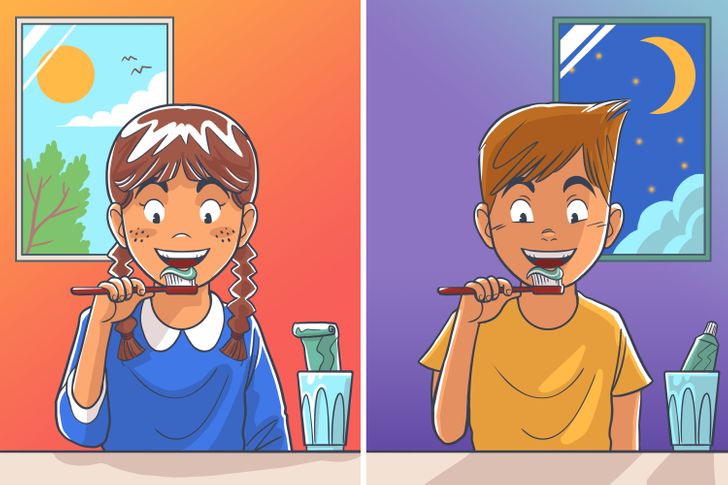
Brushing 2 times a day is important, but in case you can only do it once, do it before you go to sleep. Sleeping is when you’re not swallowing and flushing out your mouth, and your saliva production is slow, so plaque buildup on your teeth stays stagnant and causes trouble. It can lead to dry mouth and an increased risk of cavities.
As a side note, a lot of people who brush regularly don’t do it long enough. 2 minutes is the recommended time. Spit out any excess toothpaste. If you want to rinse, do it at any time other than brushing. Otherwise, it’ll wash away the toothpaste fluoride you’ve just applied, sabotaging the whole deal and leaving your teeth unprotected.
Flossing gets the biofilm out from between your teeth and promotes good gum health. It can clean food particles and plaque where the toothbrush cannot reach. 40% of plaque is in between the teeth! Pay special attention to your molars. Don’t just run the floss between the teeth — you need to floss beneath the gum line to clean out plaque.
Be mindful of the amount of pressure you’re using when you brush — you don’t need a lot, otherwise, you’ll traumatize your gums and your teeth will become too sensitive. An electric toothbrush can be helpful with timing and pressure sensing. Also, always opt for a soft toothbrush. Over-brushing is when you brush your teeth too much, which is also a thing.
Grinding and clenching is serious business. If you grind your teeth, get yourself a nightguard. Grinding your teeth can cause major jaw alignment problems that are hard to fix, or you can fracture your teeth, and if it gets worse, you’ll need crowns on them. But with a mouthguard, you just bite the silicone instead. Also, talk to a therapist if you can because grinding can be a result of stress or anxiety.
The tongue is a reservoir of bacteria, and when left unchecked, it can lead to bad breath and more serious issues. A healthy tongue is evenly pink, without red, white, or yellow parts. The white discoloration is no reason to panic — it’s just a mix of dead cells and food debris, and it can be easily removed with brushing and flossing.
Use a brush or get yourself a tongue scraper and start cleaning from the back of the tongue. Don’t skip the edges and sides. Rinse afterward to remove the leftover bacteria — both the tongue and the device you’ve used.
How do you take care of your teeth?




